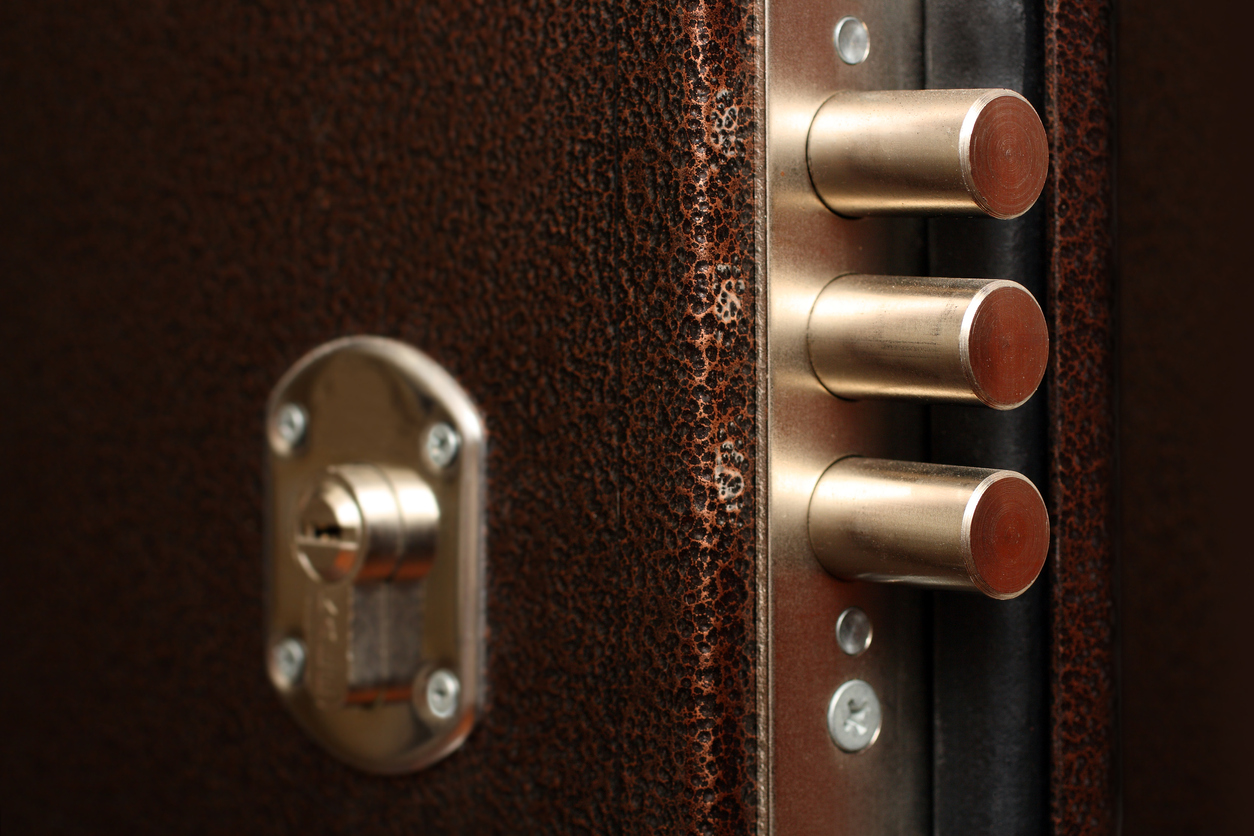The Security and Fire Doors Kenya Market – Understanding What’s in Demand
The Security and Fire Doors Kenya Market – Understanding What’s in Demand
The commercial property market has undergone a major transformation in recent years. New regulations are forcing developers and real estate professionals to consider security as the primary focus of any new construction projects. These changes have also led to an increase in the demand for fire and security doors in Kenya. If you’re interested in learning more about this booming market, keep reading for important industry insights. With so many different building codes, standards, and regulations, designing safe buildings can be challenging. Construction professionals must ensure that buildings are fireproof from top to bottom. In light of these safety concerns, we’ll be answering several questions regarding security and fire doors in Kenya—including their benefits, types, and more.
What Are Security Doors?
Security doors are any doors used to protect a building from break-ins, vandalism, or other malicious acts. They can be used in both commercial and residential buildings, and typically incorporate several features for increased security. Security doors are available in both manual and automatic versions, and are most commonly made from steel. They often feature reinforced hinges and locks, as well as tempered glass, peepholes, and/or sound-dampening materials. Security doors often include additional features such as alarms, panic bars, and authentication options. These extra security measures are designed to prevent unwanted entry, and are often used in high-security areas.
Fire Doors: The Basics
Fire doors are specially designed to protect the rest of the building from the flames during a fire. Fire doors are usually made of wood, metal or other non-combustible materials, and can be either self-closing or automatic. Fire doors are meant to seal off the area where a fire has broken out and prevent the blaze from spreading to other sections of the building. Fire doors are set up in such a way that they close automatically as soon as fire alarms are activated, which minimizes the spread of fire. Fire doors can also be equipped with an alarm of their own. This will alert the relevant authorities, helping them locate the source of the blaze more quickly. Fire doors are a critical component of your fire protection plan, and should be installed in all high-traffic areas.
Benefits of Installing Security and Fire Doors
When properly installed, security and fire doors can help prevent break-ins, as well as damage from fires and other disasters. To get the full benefit of these doors, they should be installed in accordance with the building code. Local authorities can provide information on the correct procedures and requirements. Installing proper fire doors can help prevent the spread of fire in the event of a blaze. Fire doors can also help prevent fire-related deaths. They can provide safe exits in case of an emergency and help keep people out of harm’s way. Fire and security doors can also improve the building’s energy efficiency. The right doors can help prevent unwanted heat from entering or escaping your building.
Different Types of Security Doors
Manual Security Doors – Manual security doors are cheaper than automatic systems, but may not provide the same level of protection. These doors are operated by hand, and can be either swing or hinge-style. Automatic Security Doors – Automatic security doors are powered by an electric or pneumatic actuator. They are highly configurable and can be programmed to open or close at certain times. Automatic doors can be either swing or hinge-style. Security Gates – Security gates are a type of manual door used in controlled environments. They’re useful for keeping out unauthorized personnel and securing entrances and exits, and are often found in warehouses, parking garages, and loading docks. Security Bollards – Security bollards are short, sturdy posts installed near entrances. They can be used to prevent vehicles from crashing into buildings or other structures, and can help prevent damage from large crowds or protests.
Fire Door Types
As mentioned previously, fire doors are meant to seal off the area where a fire has broken out and prevent the blaze from spreading to other sections of the building. Fire doors are set up in such a way that they close automatically as soon as fire alarms are activated, which minimizes the spread of fire. Let’s look at the different types of fire doors: Fire Resisting Fire Doors – These fire doors are designed to provide the highest level of fire resistance. These are most often found in commercial buildings, and are required when a building is built in a high-risk area. Fire Retardant Fire Doors – These doors provide some level of fire protection, but not as good as fire-resistant doors. They are often used in residential buildings to keep out small fires.
How to Determine Which Type of Door You Need?
When you’re deciding on which type of door to install, you’ll need to consider a few different factors, including the level of security you need, the types of hazards you’re protecting against, and the architectural style of your building. Once these factors are taken into consideration, you can select the best door for your needs. If you’re unsure which type of door you need, it’s a good idea to consult with a fire protection engineer. These professionals can help you select the best door for your situation and guide you through the installation process.
Conclusion
Security and fire doors are essential for protecting commercial buildings and preventing damage from fires. When properly installed, these doors can help prevent break-ins, as well as damage from fires and other disasters. When you’re deciding on which type of door to install, you’ll need to consider a few different factors, including the level of security you need and the types of hazards you’re protecting against. Once these factors are taken into consideration, you can select the best door for your needs.








LEAVE A COMMENT
You must be logged in to post a comment.